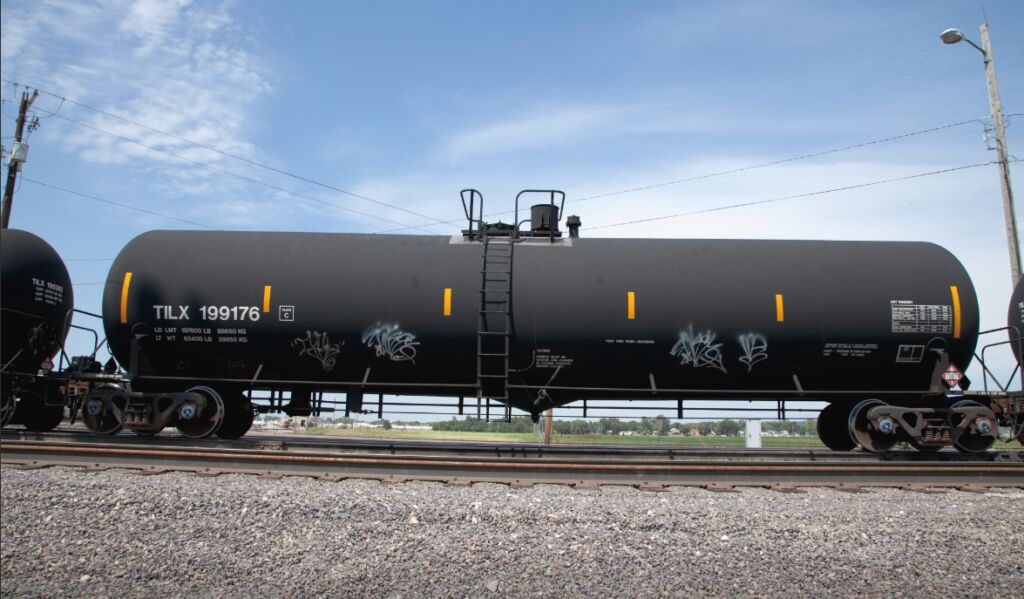What happened with the radioactive water leak at Xcel Energy’s nuclear power plant?
On Thursday, March 16, 2023, Minnesota regulators announced they are monitoring the cleanup of a leak of 400,000 gallons of tritium-containing water at Xcel Energy’s Monticello nuclear power plant.
Tritium is a mildly radioactive isotope of hydrogen that occurs naturally in the environment and is a common by-product of nuclear power. Xcel Energy notes that tritium emits low levels of radiation, similar to everyday materials people use and the food we all eat.
For example, according to the U.S. Environmental Protection Agency (EPA), bananas are slightly radioactive, but a person would need to eat 100 of them to receive the same amount of radiation exposure as you get each day in United States from natural radiation in the environment.
According to the U.S. Nuclear Regulatory Commission (NRC), which evaluates abnormal releases of tritium from power plants, the agency has repeatedly determined these accidental releases either remain on power plant property or involve such low offsite levels of tritium that they do not affect public health and safety.
In the case of Monticello, ongoing monitoring from over two dozen on-site monitoring wells confirms that the leaked water is fully contained on-site and has not been detected beyond the facility or in any local drinking water.
While everyone would prefer that this leak did not occur, this story is an example of how the pollution control and detection systems at the plant worked as designed to successfully mitigate the scope and impact of the leak.
The Associated Press notes that Xcel Energy identified elevated tritium levels in a groundwater monitoring well and coordinated with state environmental protection agencies while they identified the source of the leak:
While Xcel reported the leak of water containing tritium to state and federal authorities in late November, the spill had not been made public before Thursday. State officials said they waited to get more information before going public with it.
“We knew there was a presence of tritium in one monitoring well, however Xcel had not yet identified the source of the leak and its location,” Minnesota Pollution Control Agency spokesman Michael Rafferty said.
“Now that we have all the information about where the leak occurred, how much was released into groundwater, and that contaminated groundwater had moved beyond the original location, we are sharing this information,” he said, adding the water remains contained on Xcel’s property and poses no immediate public health risk.
This is how groundwater monitoring wells are supposed to work. They notify us of potential contamination early so mitigation and reclamation efforts can begin as soon as possible. Xcel stated it continues to gather and treat all potentially affected water while continuing to monitor nearby groundwater sources.
Regarding the size of the spill, 400,000 gallons is a lot of water. This equates to 9,523 barrels of oil, or about the equivalent of 13.6 oil tankers commonly seen on railroads. Thus far, Xcel has recovered and is treating approximately 25 percent of the spilled water, meaning there are about ten railcars worth of tritiated water left to recover at the site.

Lastly, this leak does not change the fact that Minnesota must lift its unscientific moratorium on building new nuclear power plants because nuclear power is the only reliable, affordable means of generating electricity that can scale to meet the needs of our modern society.
Unfortunately, this moratorium broadly prevents consideration of the advances that have been made in nuclear technology that are being used safely by the U.S. Navy and many other countries. Some of the technologies already in use can even recycle the spent fuel stored at Monticello and Prairie Island.
Sixty years ago, Minnesota led the nation with one of the first nuclear-powered electrical generation plants in Elk River. Millions of Minnesotans have benefited from safe, carbon-free electricity from nuclear power for half a century. Nuclear power has proven itself to be the safest, most reliable, cost-effective, and environmentally friendly method of electricity generation.
All energy sources have tradeoffs and risks to the environment, but those who engage in techo-futurist wishful thinking about powering our society on wind, solar, and battery storage technologies that don’t even economically exist at scale are going to cause electricity rates to increase dramatically, undermine grid reliability, and distract us from the future of energy, which is almost certainly nuclear power.